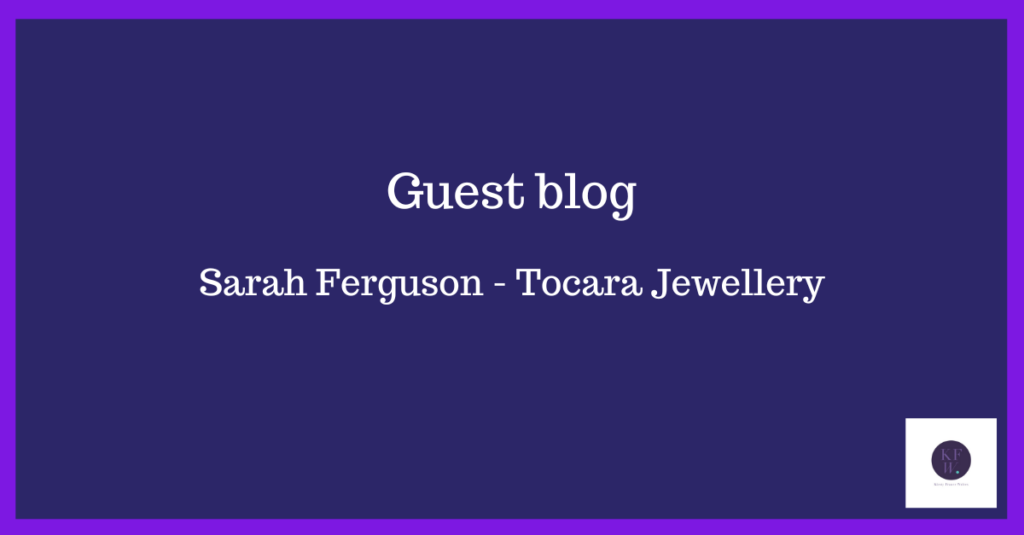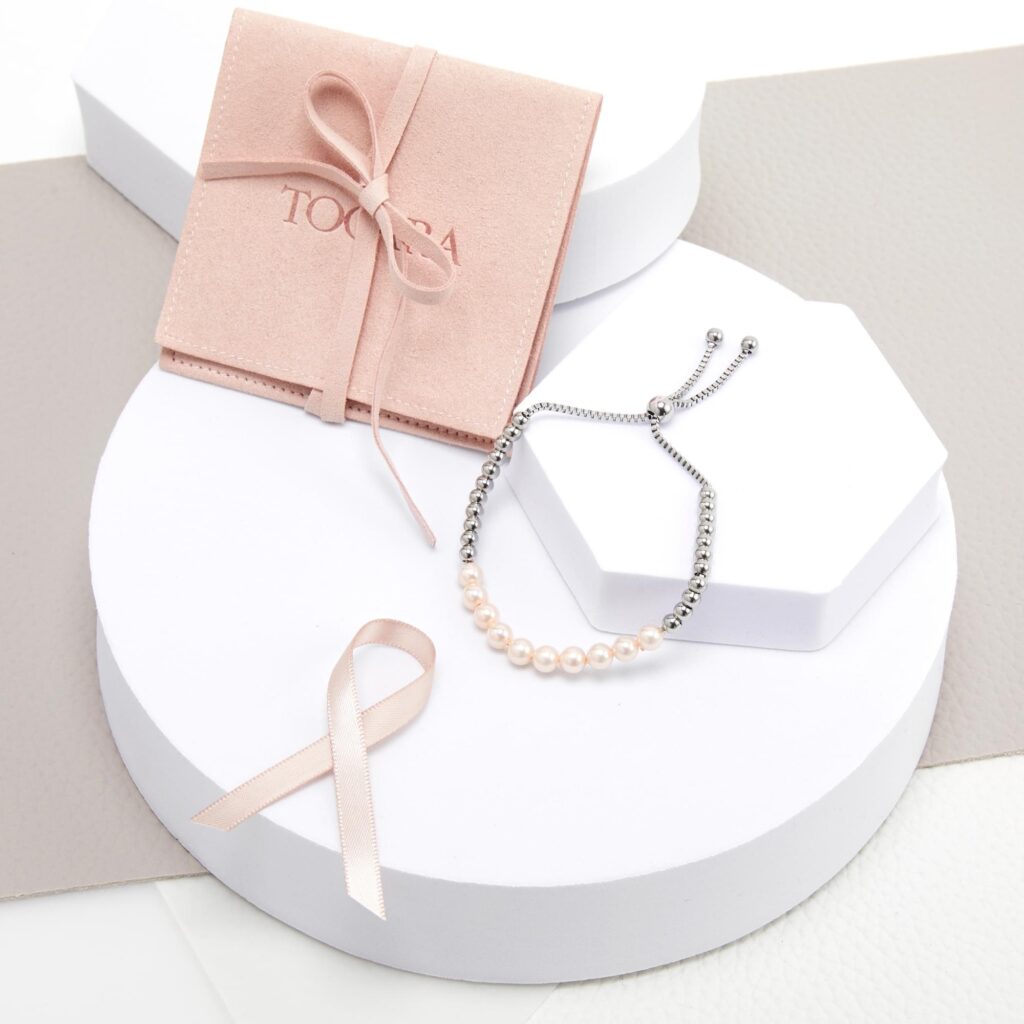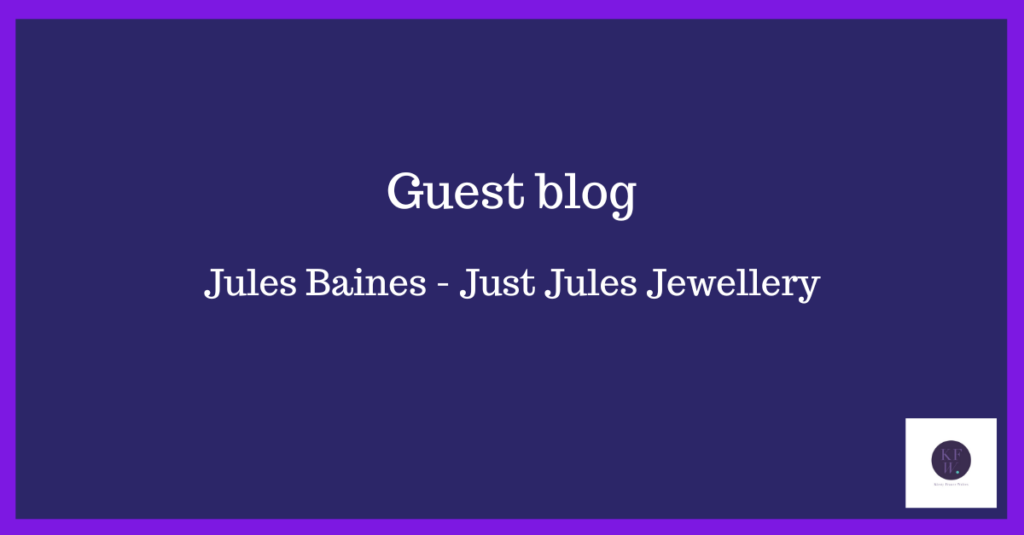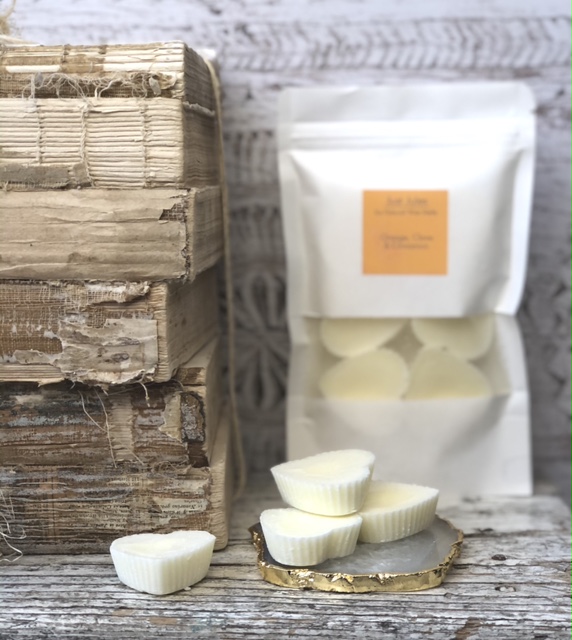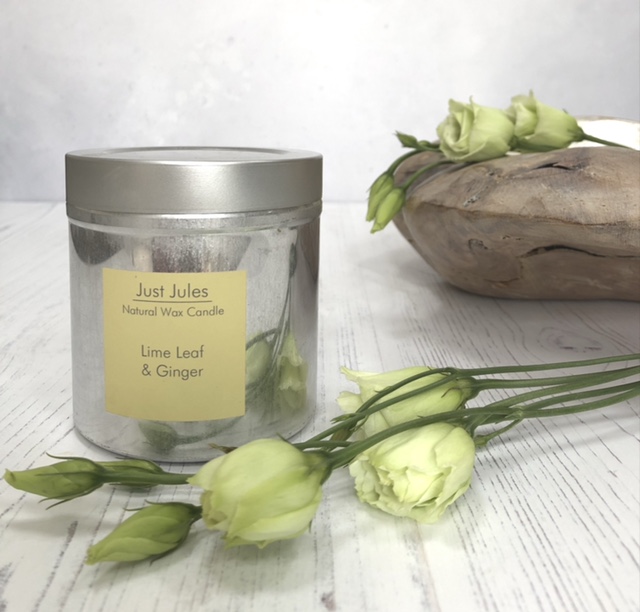
Using the right words on your website helps you attract your ideal customer and make more money. You’ll also enjoy your life more. You can work with people who get you instead of those who complain because your service wasn’t what they expected.
When you’ve gone to the effort of creating stunning words, it makes sense to make them go further. Here are five reasons why repurposing your website copy is a great idea.
It’s written with your ideal client in mind
Creating great website copy involves thinking about who your ideal client is and what they want that you can provide. Considering your customers’ needs, feelings, and aspirations lets you create copy that makes them feel understood and shows them how you can help.
The user experience is also an essential part of the marketing process. Is there a clear path to follow for people who are ready to buy or want to learn more before they decide?
It’s designed to reflect your brand
The way you want your brand to be perceived works alongside the information you have about your customers. You need to show your customers who they’re working with, what you stand for and what that means for them. For example, I get to know you and write anything you need. It’s a different experience from a blog writing service that takes your topics and writes a series of posts or a full-service agency that does everything in-house.
When you’ve worked on reflecting your brand on your website, it makes sense to repurpose your website copy and use it in other ways.
It lets you create the same feel online and offline
Print marketing is fantastic and can get you in front of your customers in a way that’s becoming more difficult online. An advert in a magazine that comes through your customers’ letterboxes or a leaflet in their favourite café or community venue can hit the spot. To paraphrase my friend Debbie Heron, who runs two successful magazines, “There are hundreds of social media platforms, thousands of TV channels but only one letterbox”.
Repurposing your website copy gives your customers the same experience wherever they find you.
You can use it in different ways
When repurposing your website copy, you’ll need to rewrite it to ensure it fits the platform where you share it. However, as long as you do that, you can use it in loads of different ways. You can share it in brochures and leaflets, repurpose it to create new blog posts and emails and break it down into social media posts.
As a result, you might find the process inspires new ideas.
You worked with a professional to create it
I say this with a sense of optimism as I hope you worked with a copywriter on your website or plan to at some point. A lot of the things I’ve shared in this post work better when you work with a professional. A website designer and copywriter will take you through the process of understanding your customer, branding and user experience to create a site that helps you attract new clients. It makes sense to reuse those words wherever you can.
If you want to create marketing content that speaks to your ideal customer, I can help. I get to know you and your business and tailor everything I write to your needs. Book a call here, and let’s have a chat about how that could work.


